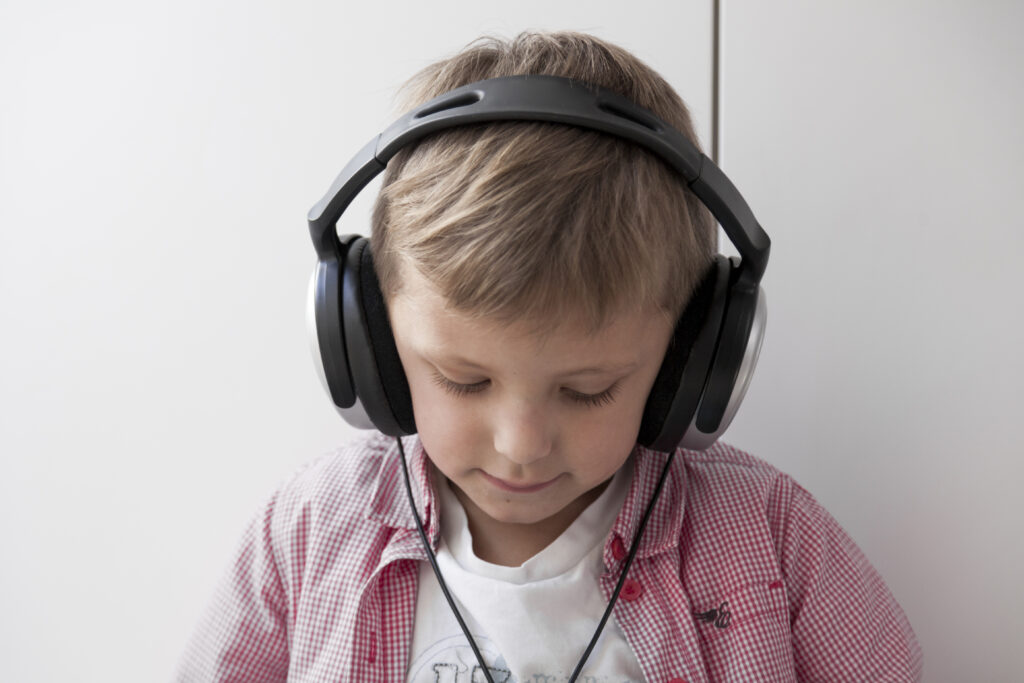YOUR KIDS’ HEADPHONE USE COULD BE A PROBLEM
In today’s digital age, children are increasingly plugged in, with many spending significant time using headphones and earbuds.
But what are the risks associated with this trend, and how can parents ensure their child’s auditory health remains intact? Let’s delve into the findings and expert advice.
The Growing Trend
Recent polls reveal that among parents whose children use headphones and earbuds, a substantial portion express concerns about their usage patterns.
Approximately half of these parents report that their kids spend at least an hour daily with these devices, with one in six stating that their child’s typical day involves a staggering two hours of use.
Pediatricians, such as Susan Woolford from the University of Michigan Health C.S. Mott Children’s Hospital, warn that while concerns about teenagers’ audio device usage have been prevalent, the rising popularity of earbuds among younger children poses new risks.
These risks stem from increased exposure to intense noise on a regular basis, which may go unnoticed by parents.
Understanding the Risks
Historically, noise exposure risks for children have been associated with loud singular events like concerts or fireworks.

However, the cumulative impact of prolonged headphone and earbud use is often underestimated.
The American Academy of Pediatrics has highlighted the need to address these risks, as prolonged exposure to high volumes of noise can lead to long-term health issues such as hearing loss and tinnitus.
Children, in particular, are vulnerable to these risks due to their developing auditory systems and smaller ear canals.
Damage to the delicate hair cells within the inner ear, which detect sound waves, can result in irreversible hearing loss.
Managing Device Usage
To mitigate these risks, parents can take proactive steps to monitor and manage their child’s headphone and earbud usage:
1. Monitor Volume Levels:
Adhering to the 60/60 rule—limiting children to no more than 60 minutes of audio device usage per day at no more than 60% of the maximum volume—can significantly reduce the risk of noise-related damage.
Parents can also gauge if the volume is too loud if their child cannot hear them from an arm’s length away.
2. Choose Safe Headphones:
Opting for noise-canceling or volume-limiting headphones can further reduce the risk of excessive noise exposure.
However, it’s crucial to ensure that these devices truly limit the volume to safe levels, as not all products marketed as “kid safe” meet this criterion.
3. Encourage Breaks:
Encouraging children to take regular breaks from personal listening devices and enjoy activities with lower noise intensity can help mitigate the impact on their hearing.
Additionally, avoiding headphone use during sleep or bedtime can promote healthier auditory habits.
4. Stay Vigilant:
Parents should remain vigilant for early signs of hearing loss, such as asking for repetition, experiencing ringing noises, or speaking loudly.
Consulting with healthcare providers, including pediatricians and audiologists, can provide valuable guidance and support in addressing these concerns.
By implementing these strategies, parents can safeguard their child’s auditory health in an increasingly noisy world. Remember, protecting their hearing today ensures a brighter and clearer future tomorrow.



